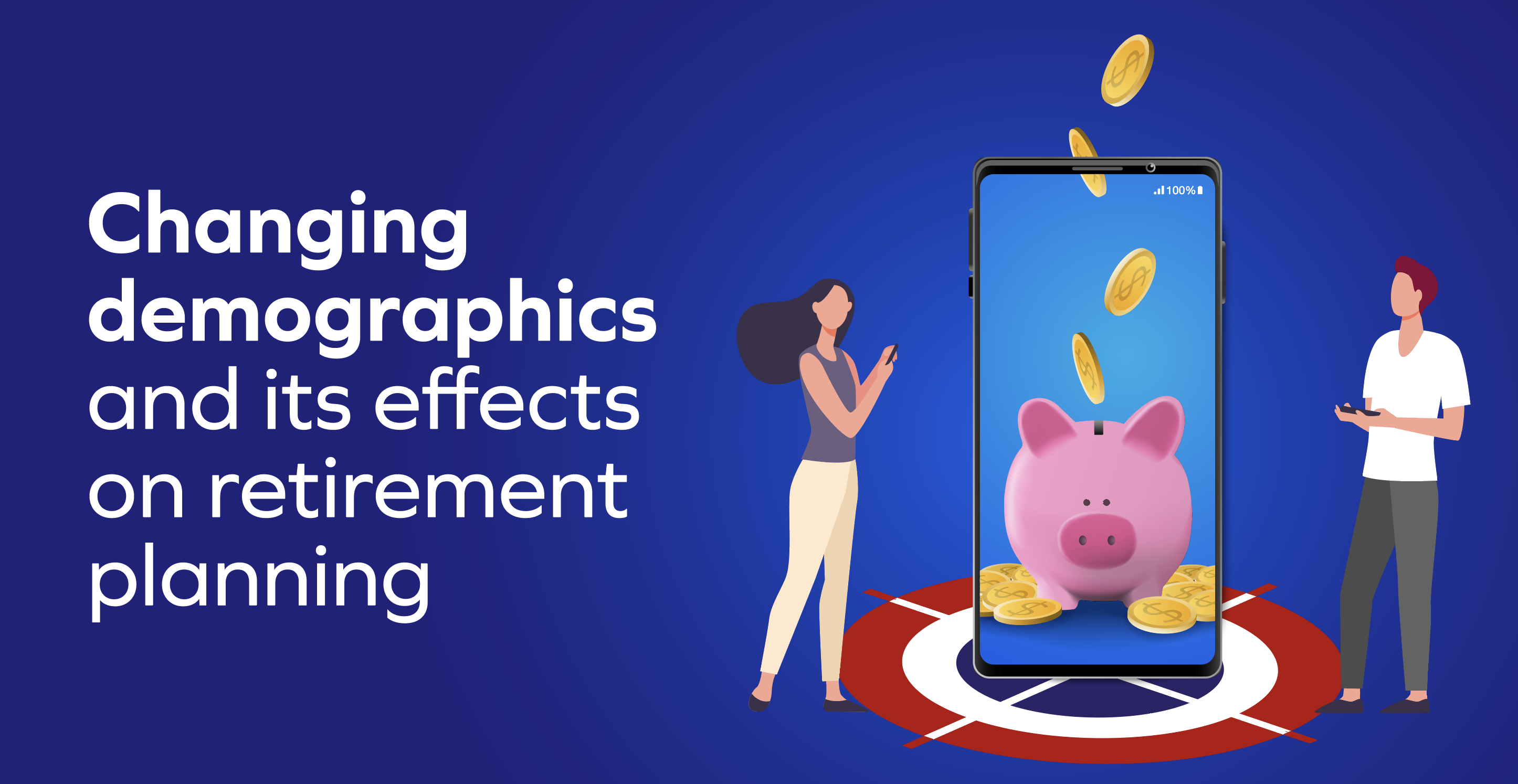
“Americans will work into their 70s in the future to have the resources to retire”
For the first time in the country’s history, “more than half of the nation’s population under the age of 16 identified as a racial or ethnic minority”. The share of middle-class households in the US has decreased from 61% in 1971 to 51% in 2019 and the gap between the upper- and lower-income households has increased. Among the ethnicities, the Afro-Americans and Hispanic households are disproportionately in lower-income quintiles, thus limiting their access to stable income, good wages or retirement benefits. Despite being better educated, millennials are behind boomers and have “lower wages and fewer fringe benefits.”
They have non-linear careers — software engineer by day and bartender/blogger/tutor by night is a prevalent millennial career path. More than one-third of them have a side job. They want personalized experiences. They want information, control their future, and work with plan sponsors who understand them and customize solutions.
On the other hand, they are likely to live longer — the average human life in the US is on the rise (though COVID has put a stick in it for now). Longer life span and sustained ailments increase healthcare costs and policy changes to accommodate these needs. As this population enters the workforce in this decade, they are about to change employment and eventually retirement planning as we know it.
So how will the next generation of digital-native, civic-oriented, adventurous hustlers take up retirement planning? This article explores these factors and how technology can help plan sponsors and administrators adapt to the changes.
#1 Drive engagement through financial literacy
The next generation is information-savvy, and they also like to feel connected to their investments. The best way to establish engagement is to offer financial learning resources, right to their smart devices, in the form of blogs, podcasts, ebooks, newsletters etc. You can also interest the socially conscious millennials in environmental, social and governance (ESG) funds, recommending investments that align with their values.
#2 Advanced analytics to serve various demographics
Millennials (and Gen Z) are happy sharing data if it means they get an intelligent solution to their problems. Retirement plan technology can leverage this data using artificial intelligence and machine learning tools to identify patterns that help understand the retirement needs of diverse groups.
For example, John Hancock Retirement Plan Services (JHRPS) conducted a predictive analytics study for their client who wanted to understand why some of their members opted out after signing up for auto-enrolment. They learned that majority of those who opted out were single mothers, who did so due to financial stress. The sponsor decided to lower the auto-enroll default deferral rate from 6% to 1% to encourage their contribution. This helped.
By building dynamic analytics solutions, plan sponsors and administrators can adapt to their participants’ changing needs without executing disruptive large-scale transformations.
#3 AI for hyper-personalized investment schemes
Personalization is the way of life of millennials. When it comes to retirement planning, many seek personalized portfolio management that is based on real-time metrics such as age, gender, salary, current accounts, rate of contribution, short- and long-term milestones. Advanced AI technologies enable plan administrators to offer such hyper-personalization — for every individual — at scale.
#4 Automation for consistent savings and investing
The generation of hustlers might learn the importance of saving money from YouTube videos, but they use mobile apps, fintech and digital solutions to inculcate a savings habit. Today, some apps automatically transfer a fixed amount each month to savings; increase savings year-on-year based on inflation, age etc.; save spare change from every transaction into a fund; send automatic reminders and alerts etc.
It is also important for financial services organizations to re-think their brand image to address millennials, GenX and the ones in the future. The younger generation believes in the greater good for all, diversity, inclusivity and so on. To attract and retain customers from the generation, retirement administrators also need to leverage technology to speak their language.
